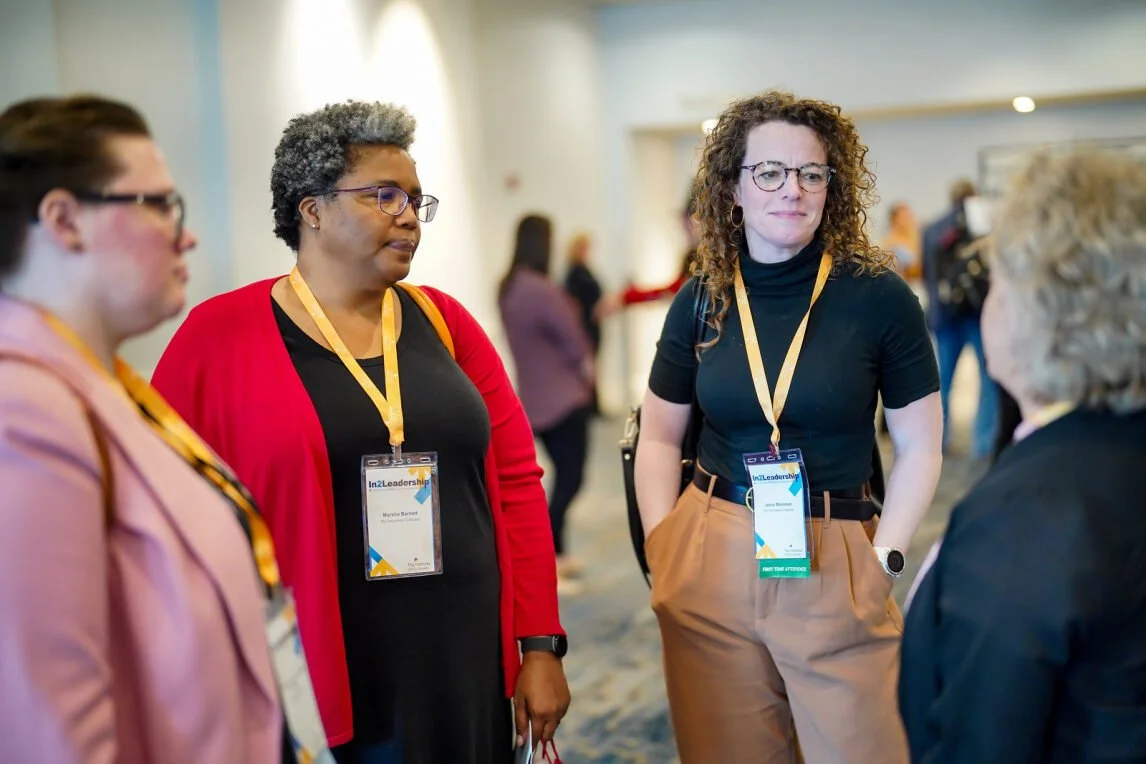
Understanding RMI Professionals
Every risk management and insurance (RMI) professional is unique.
They can be adults seeking opportunities to enhance their skills, parents returning to education while juggling familial responsibilities, retirees embarking on new learning journeys, and individuals pursuing personal growth and self-improvement.
As such, RMI professionals bring with them a unique set of experiences, motivations, and learning styles as well as specific needs and challenges. For instructors to be successful, they must create instruction that is inclusive, meaningful for and responsive to this diverse audience.
In Introducing Principles of Adult Education, we established some key tenets of adult learning theory to get at how RMI professionals learn and why they seek out educational opportunities. In this section, we address who RMI professionals are, broadly and across generations.
Who are RMI Professionals?
RMI Professionals are
-
looking for instruction that they can directly apply to their profession.
Good Instruction: Providing an introduction to the RMI industry
Better Instruction: Demonstrating how risk exposure can be best explained to a client
-
seeking out educational opportunities that will help them achieve a pragmatic objective (e.g., filling a skill gap for their current position, building new skills to qualify for a promotion).
Good Instruction: Providing an overview of an insurance adjuster’s job responsibilities
Better Instruction: Detailing tips and tricks that help adjusters advance in their careers
-
feeling grounded when instruction is anchored in their industry, profession, and responsibilities.
Good Instruction: Exploring professional skills needed in the workplace
Better Instruction: Showing how claims adjusters can improve loss assessment form completion rates
-
with distinct identifies and life experiences that contribute to their relationship with and perception of education.
Good Instruction: Providing illustrative examples from the community you serve
Better Instruction: Providing illustrative examples from multiple communities, with different demographics (e.g., race and ethnicity, socio-economic status, geographic location, etc.)
-
likely to prioritize education after personal and professional responsibilities are met, making timing and length of instruction critical.
Good Instruction: One hour of synchronous instruction scheduled over the EST lunch hour
Better Instruction: One hour of on-demand instruction that learners can take at any time
-
learning through experience (and absent that opportunity, learning when through instructor-facilitated examples)
Good Instruction: Learners hear about the responsibilites of a data analyst.
Better Instruction: Learners analyze data to better understand the responsibilities of a data analyst.
-
feeling respected when their wealth of knowledge and experience is acknowledged within instruction.
Good Instruction: Acknowledging number of webinar attendees
Better Instruction: Frame instruction by acknowledging a common challenge specific to the learners’ profession
-
valuing opportunities to network and inspired when instructors recognize their work as a community of practitioners.
Good instruction: Sharing your experience and expertise regarding a particular topic
Better Instruction: Asking learners to share their experience and expertise regarding a particular topic
By Generation
When divided into generational subgroups, other learning preferences emerge. It should be noted, however, that what follows are broad generalizations and that adult educators almost always teach across generations. As such, instructors should consider employing multiple instructional modalities in each session to reach as broad of an audience as possible.
Baby Boomers
want instructors to be the approachable experts (Lynch, 2015).
are more accustomed to lecture-based instruction that includes a certain degree of dynamism (e.g., participation, reflection, feedback; Panopto, 2017).
are comfortable with theory, confident they can put certain aspects of theory into practice.
Gen X-ers
want instructors to be the guides (Lynch, 2015), appreciating opportunities to discover outcomes and solutions once instructors have introduced scenarios, challenges, and tools.
value some lecture but prefer workshops and seminars where activities like case studies can be facilitated (SeamsCloud, n.d.).
insist on instruction that is relevant to their work and is regularly and explicitly framed as being relevant to their work (Wiley University Services, 2022).
Millennials
want instructors to be the collaborative guides (Lynch, 2015), seeing themselves as constructing learning and learning opportunities alongside their instructors.
know that facts are free and easily Google-able. They want instruction that contextualizes facts, wrapped in relevancy, and provides them with opportunities to apply what they’ve learned.
prefer consistent opportunities to engage and appreciate attempts to bring technology into the classroom (Wiley University Services, 2022).
Gen Z-ers
want instructors to be partners dedicated to building practical skills.
like Millennials, know that facts are easily accessible and only meaningful if they are relevant and applicable, but ultimately look at instruction as a pragmatic means to acquiring essential skills.
prefer active learning opportunities and access to educational content that provides pathways for career advancement (Yob, 2023).
References
Brendza, C. (2016). Learning theories — Which is best for Millennials? TTC Innovations. https://ttcinnovations.com/learning-theories-which-is-best-for-millennials/
Lynch, A. (2015). Generational learning styles. Generational edge. http://www.generationaledge.com/blog/posts/generational-learning-styles
Panopto. (2017, May). Are you ready to support 4 generations of learners? https://www.panopto.com/blog/are-you-ready-to-support-4-generations-of-learners/
SeamsCloud. (n.d.). How do generations learn differently — Gen X. https://www.seamscloud.com/how-do-generations-learn-differently/
Wiley University Services. (2022). Meeting different generational needs for a strong adult learner experience. https://universityservices.wiley.com/meeting-different-generational-needs-for-a-strong-adult-learner-experience/
Yob, P. (2023). The next generation of talent. Insurance Thought Leadership. https://www.insurancethoughtleadership.com/agent-broker/next-generation-talent





